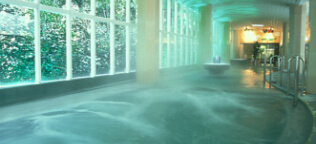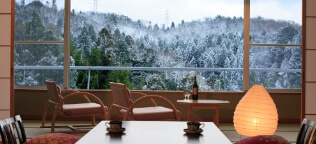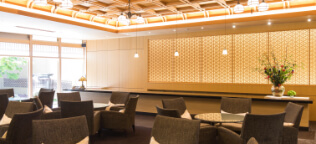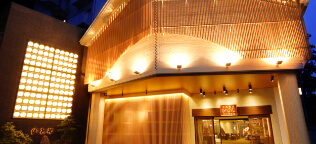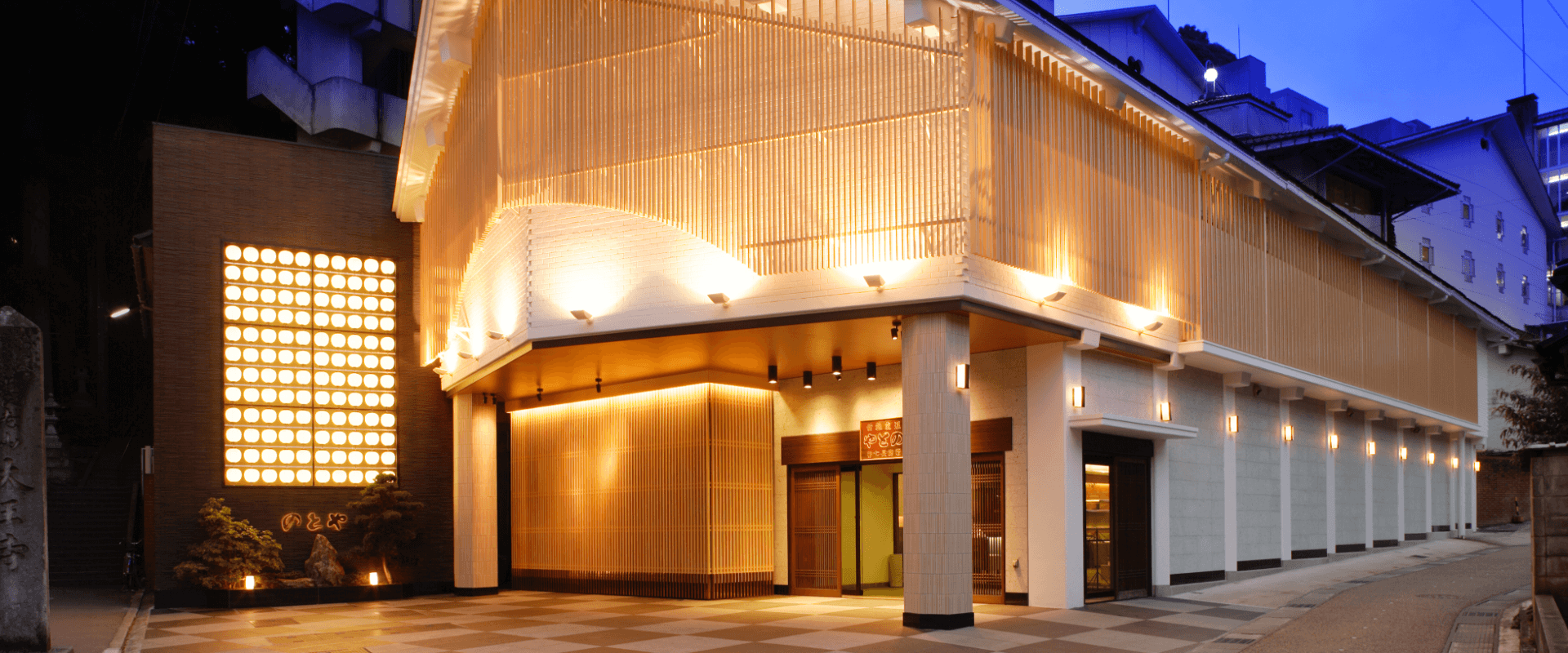
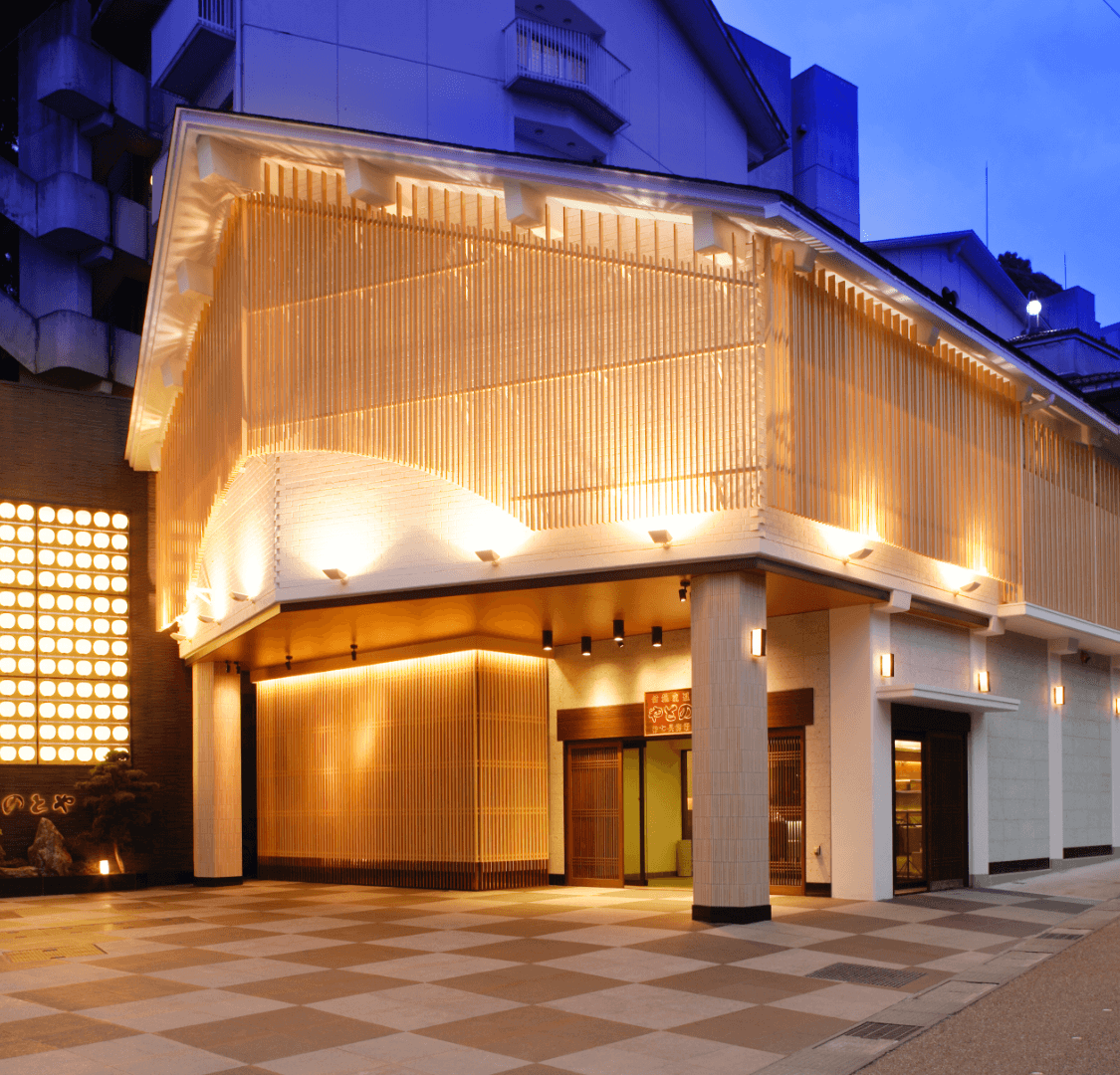
A 700-yearHistory
Beyond our
700-year history
Notoya is a Japanese-style hotel with a distinguished history of 700 years,
located in Awazu Hot Spring, Kanazawa, Ishikawa Prefecture.
We have constantly renovated our facilities to meet our customers’ needs,
and to ensure that they will want to return again and again.
Our warm hospitality has remained the same for 700 years.
We are looking forward to welcoming you.
A history of 709 years
in Awazu Hot Spring
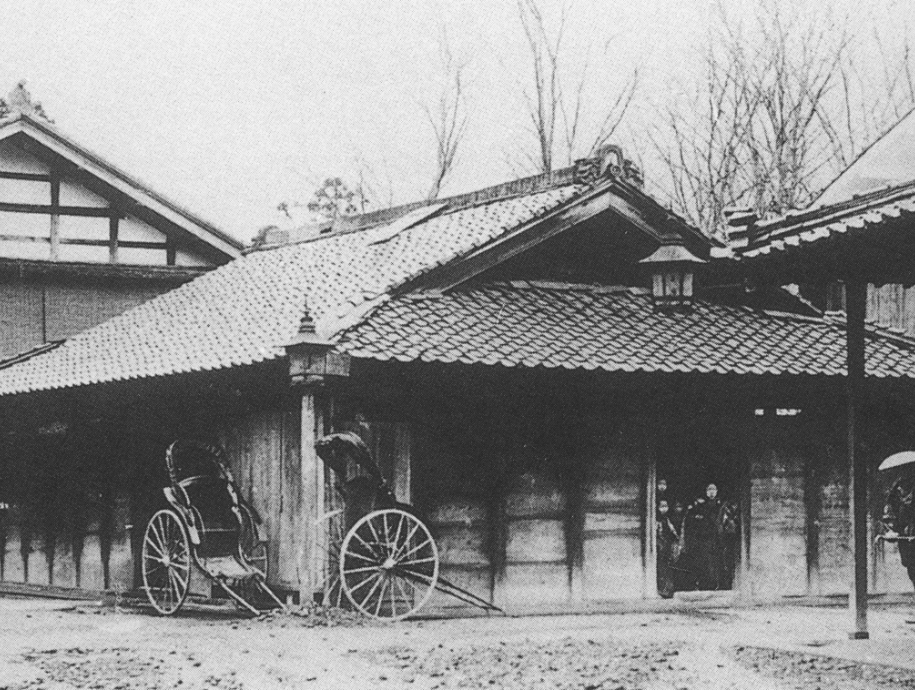

Public bath and Notoya in the Meiji period
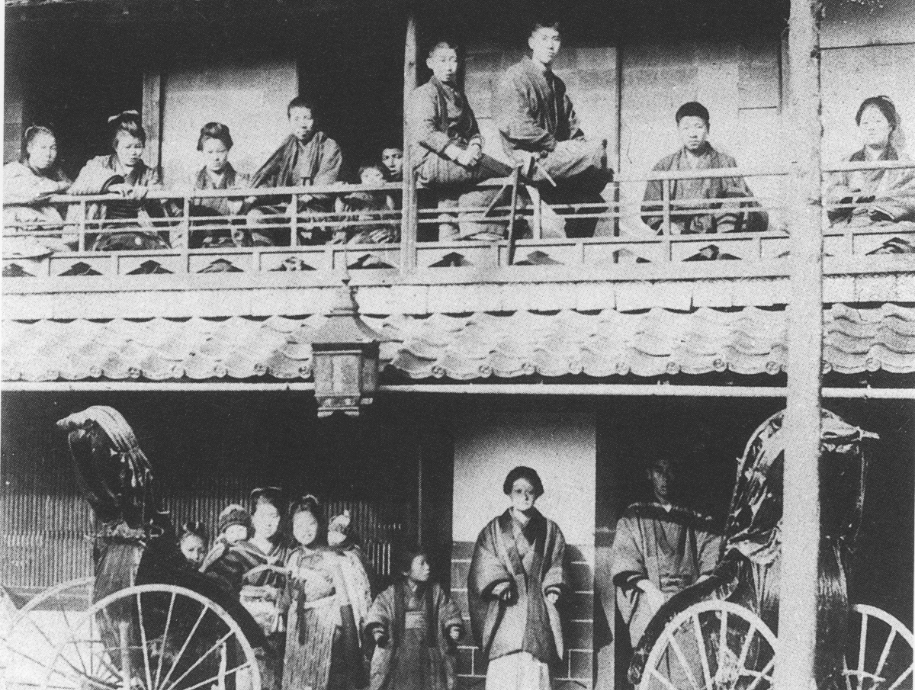

Taisho period
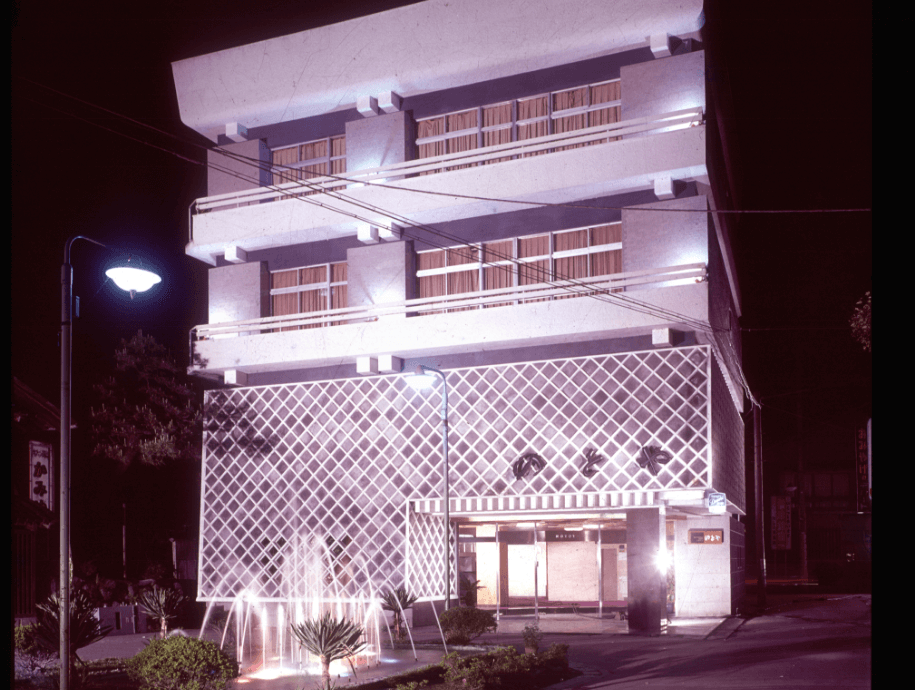

Showa period
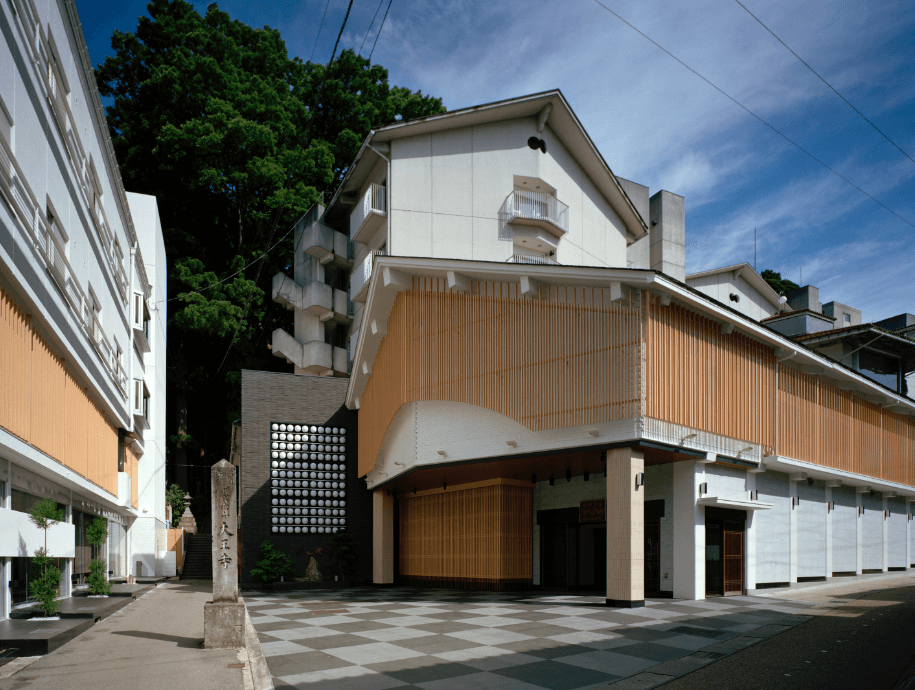

Heisei and Reiwa periods
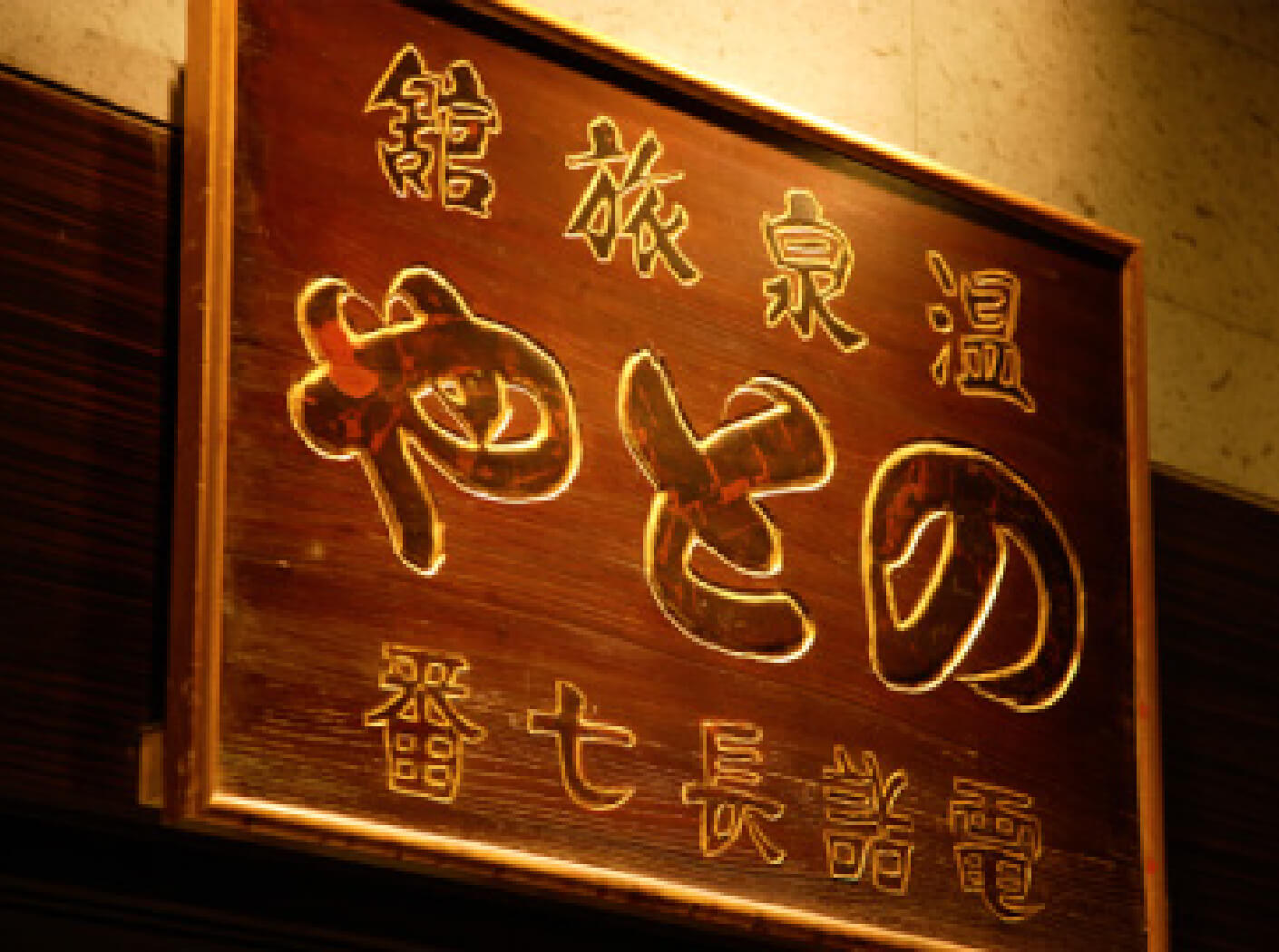
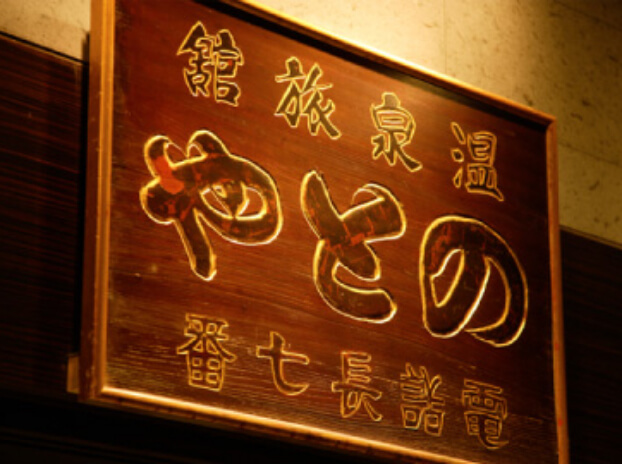
Notoya was founded in the oldest
hot spring resort in the Hokuriku
region in 1311.
Awazu Hot Spring is the oldest hot-spring resort in the Hokuriku region.
Its origin dates back to 718. The priest Saicho is said to have founded a temple on the sacred Mt.
Hakusan in 717, and the hot spring was discovered by the oracle of the mountain deity.
In 1311, during the late Kamakura period, Notoya was founded. Since then, a distinguished Japanese style-hotel has been in operation at this hot spring in the Kaga area.
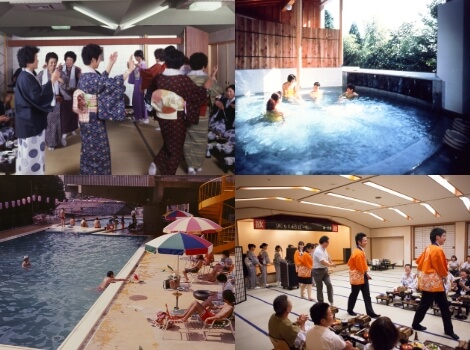
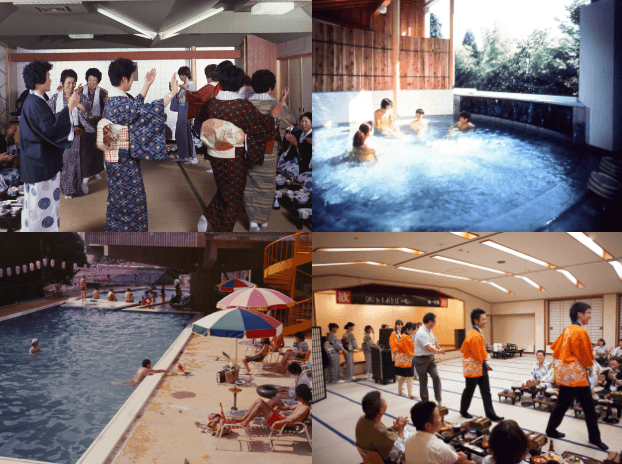
Our customers’ satisfaction always
comes first in 8 these changing times
Some forms of tradition may no longer meet the needs of customers as time goes by. We endeavor to keep our customers satisfied with our service by making changes without insisting on specific forms. We have updated our facilities and gardens with our customers’ comfort and happiness in mind, and in the spirit of the expression “once-in-a-lifetime encounter.” We will continue to provide our customers with comfort and refreshment, so that they will visit us repeatedly.
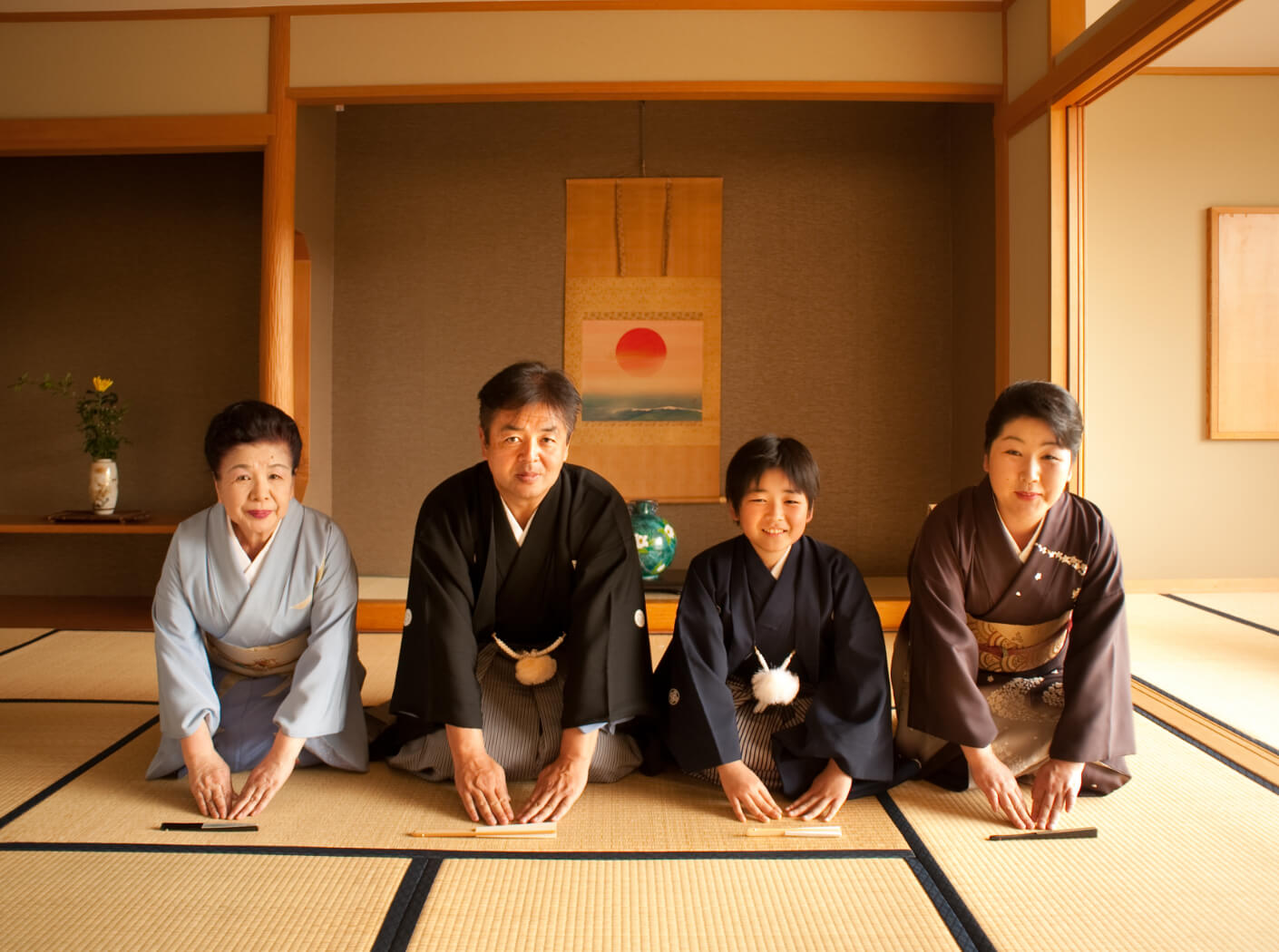
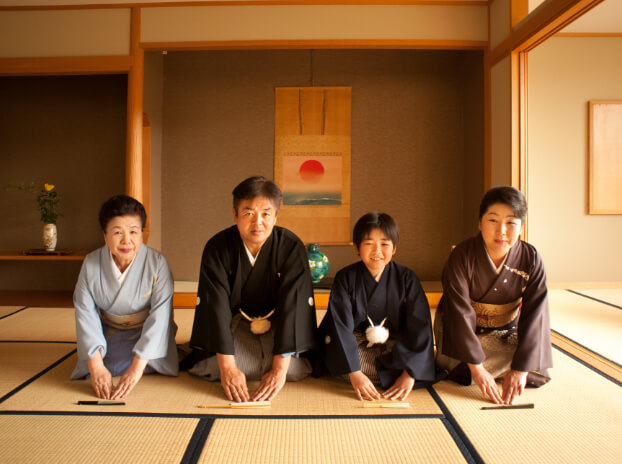
Hospitality that has been handed
down through the generations
The only thing that we have not changed is our warm hospitality, which ensures that customers have a relaxing time at Notoya. We are committed to deepening our relationships with our customers. This has been the Katsuragi family’s skill in succeeding the hotel through the generations. In 2011, we celebrated the 700th anniversary of our foundation. We will continue to improve our hospitality even further in order to ensure the continued satisfaction of our customers.
History of
Renovations
2017
Completed the vermillion dining room and the ultramarine dining room.
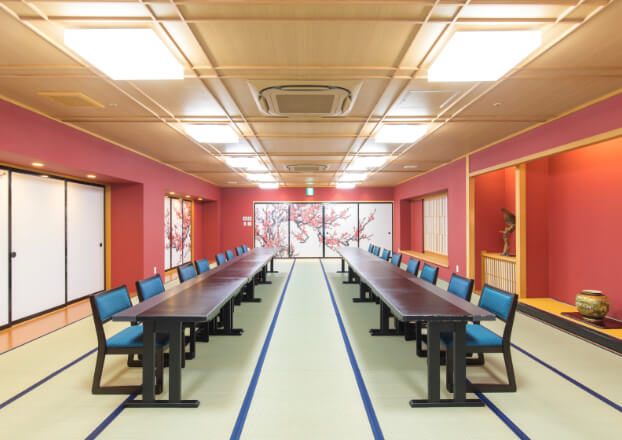
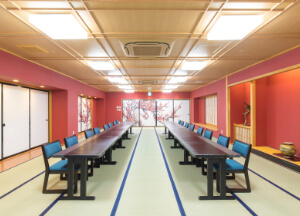
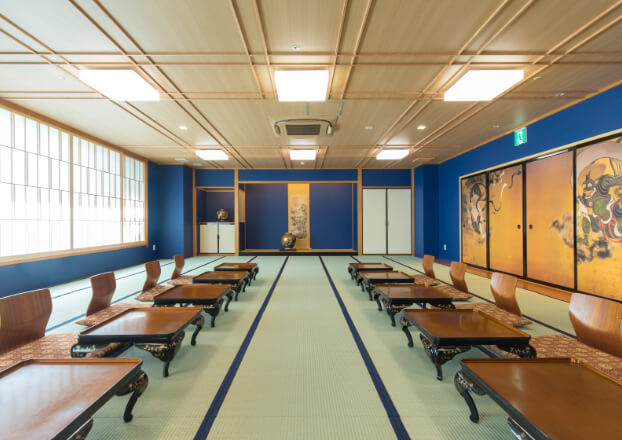
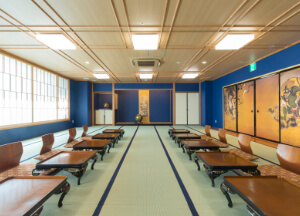
The entrance was decorated with traditional crafts; coffered ceiling and muntin ornamented wall
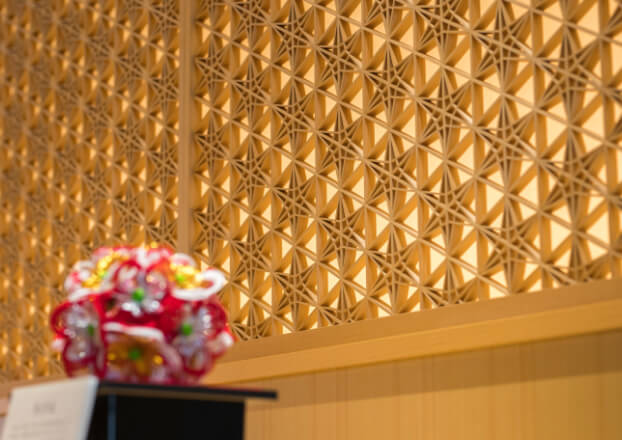
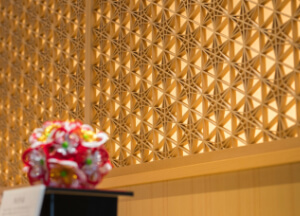
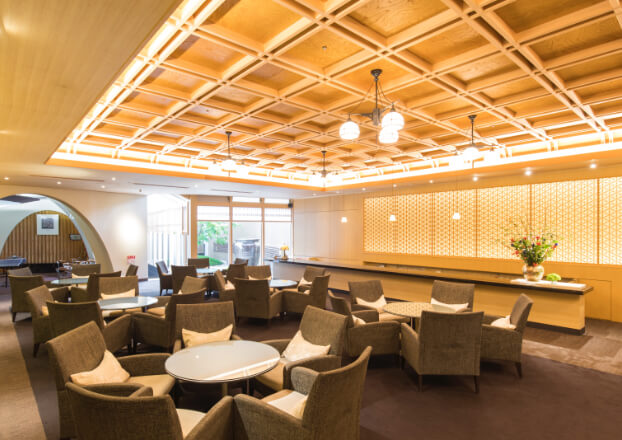
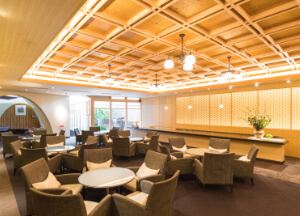
2016
Renovated gardens (1F and 3F), banquet room on the 2nd floor, barrier-free guest rooms and three standard guest rooms
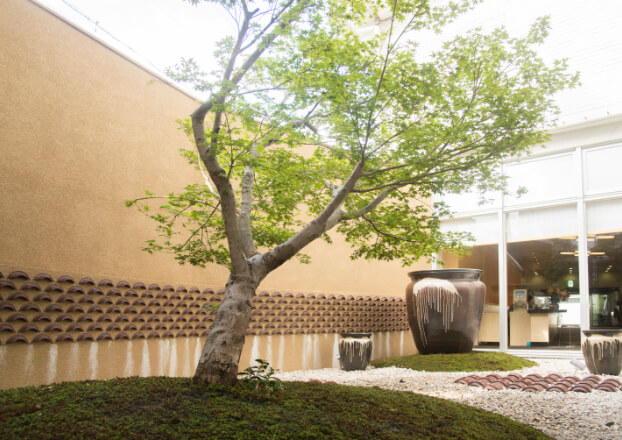
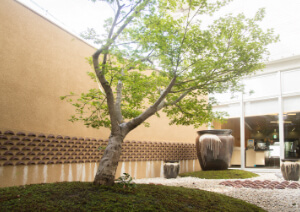
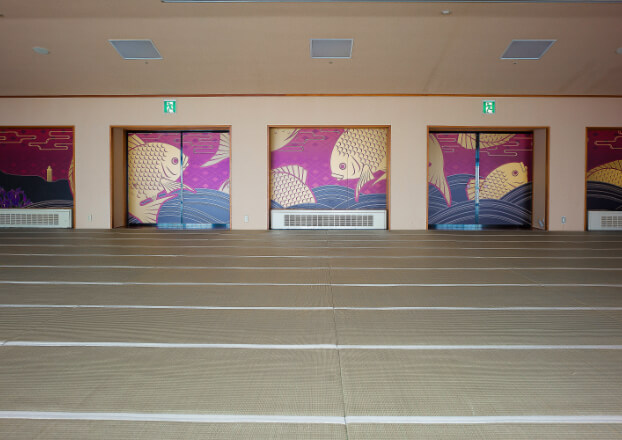
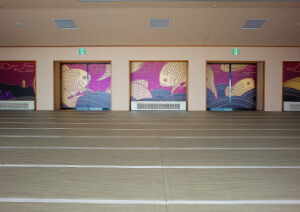
2015
Completed lobby decorated with muntin (1F), washroom with a Kutani ware basin. Renovated guest rooms with open-air bath
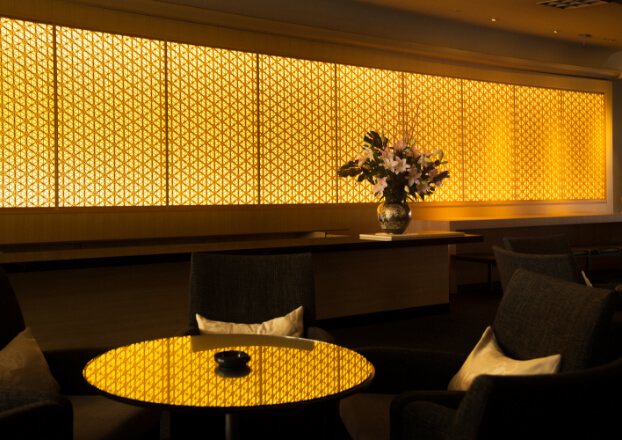
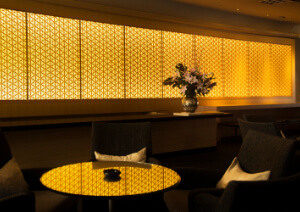
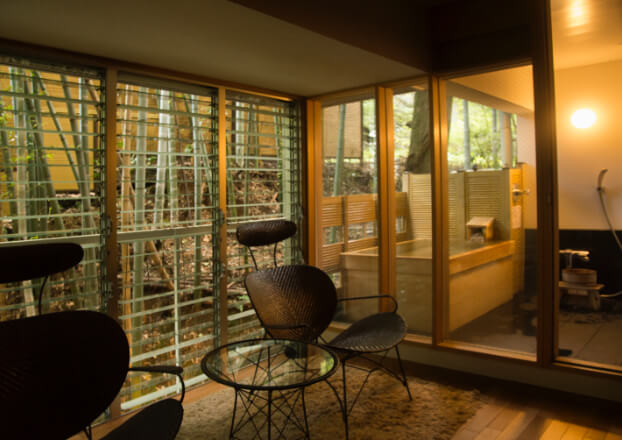
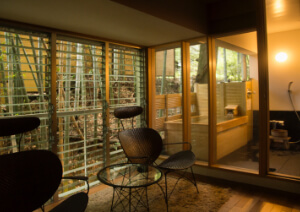
2014
Renovated the lobby, café lounge and Men’s bathroom
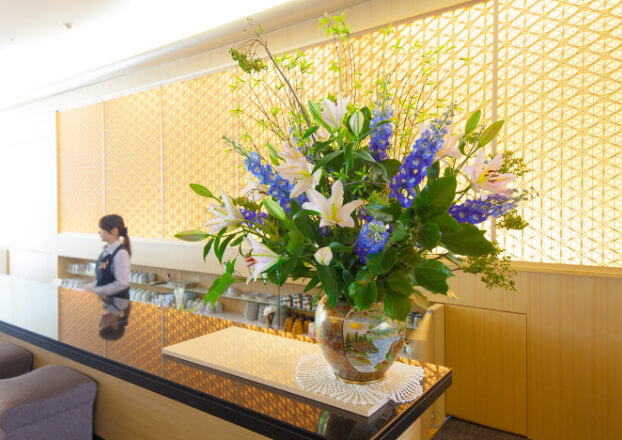
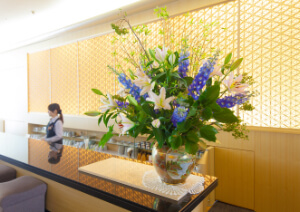
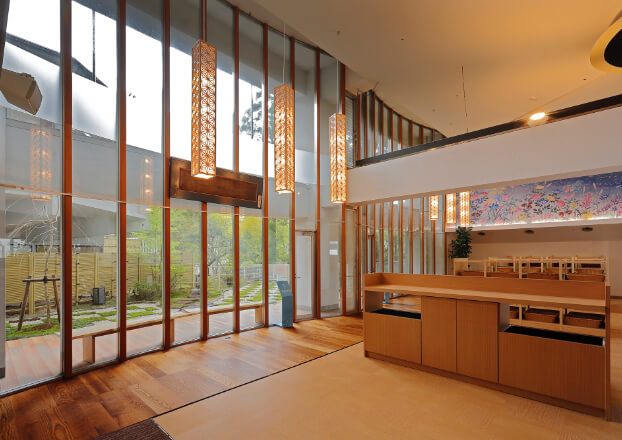
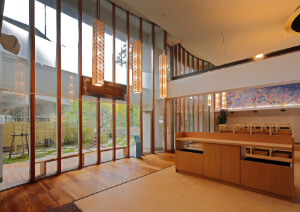
2013
Completed six suite rooms; Suisen, Kame, Nishiki, Matsu, Take and Ume
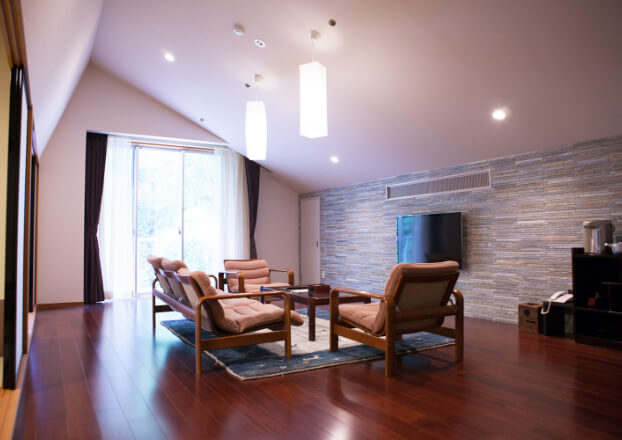
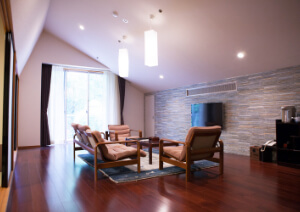
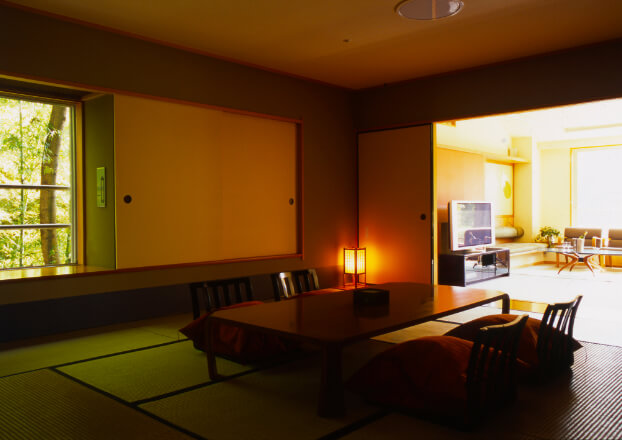
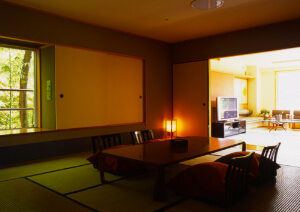
2012
Renovated the Japanese-style Gensuke Restaurant to give it an atmosphere of Kaga and Kanazawa traditional culture

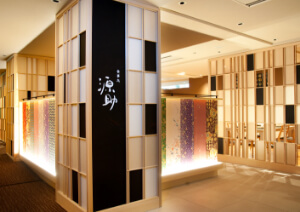
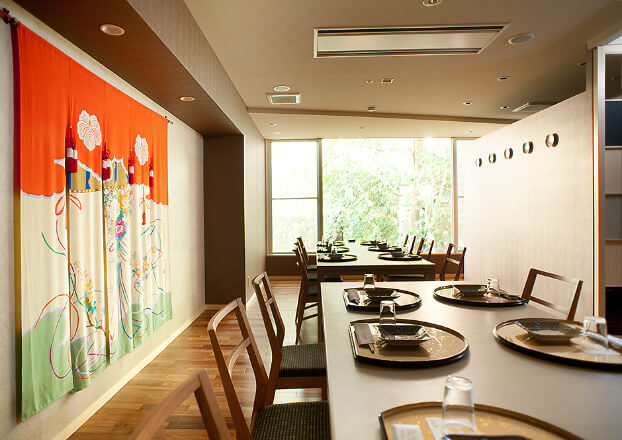
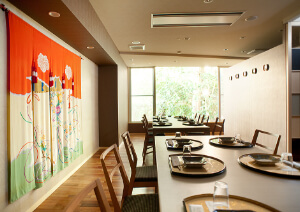
2011
Opened lovely small gardens
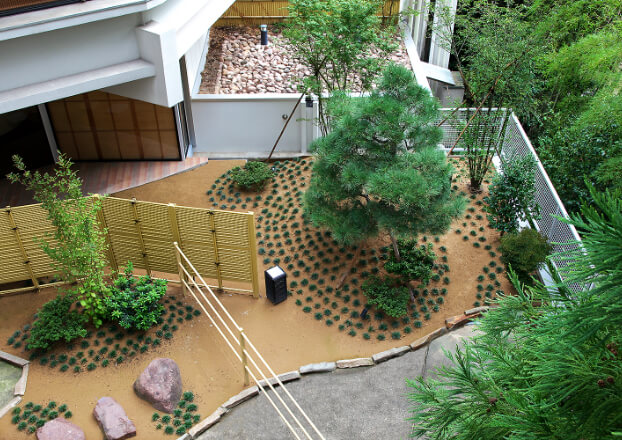
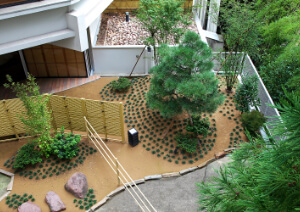
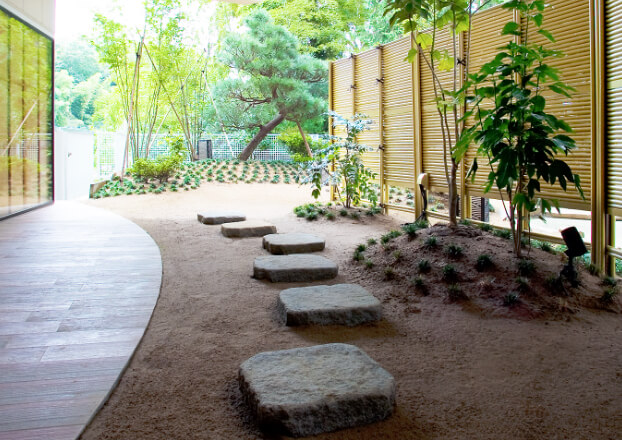
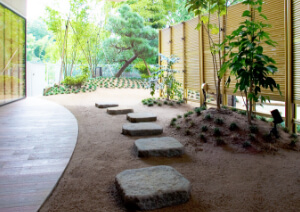
2010
Renovated the "Korin" VIP room, in which guests can spend a special time
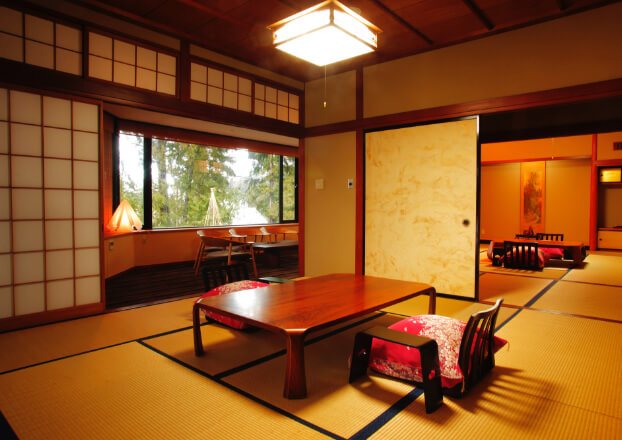
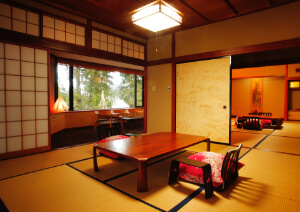
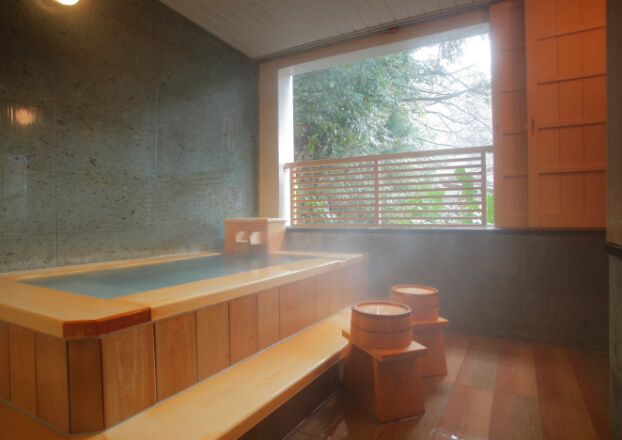
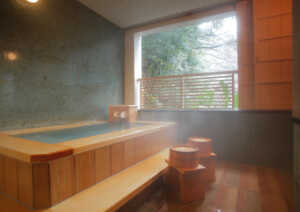
2009
Opened “Kogiku,” a guest room for customers with children and "Tanpopo," a guest room with an openair bath. Renovated the "Yumefubuki" annex
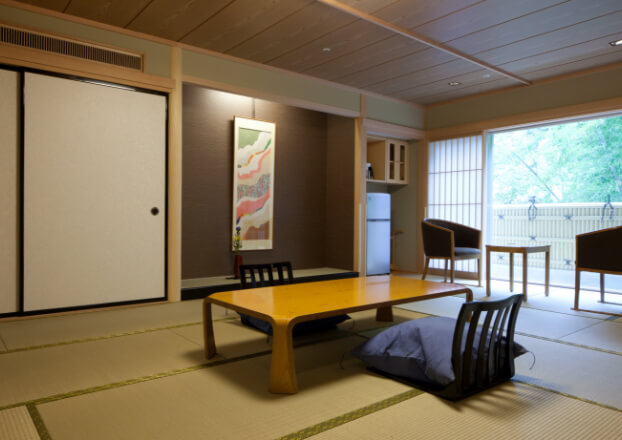
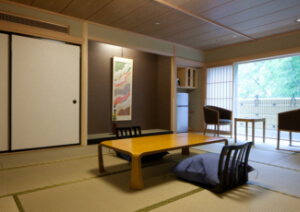
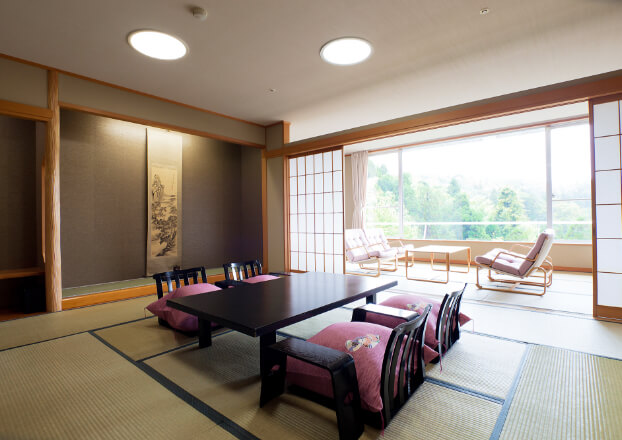
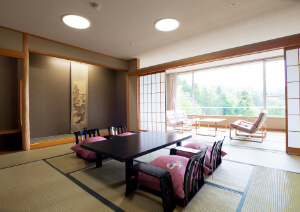
2008
Renovated the entrance and completed "Gensuke," a Japanese-style restaurant
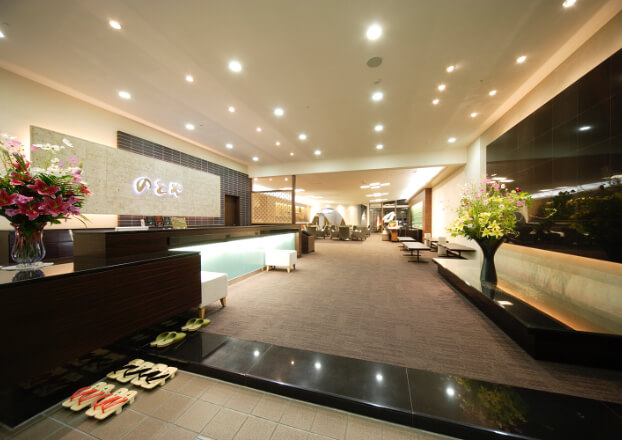
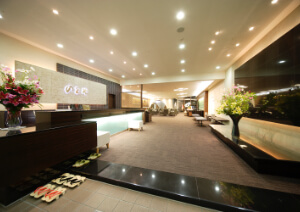
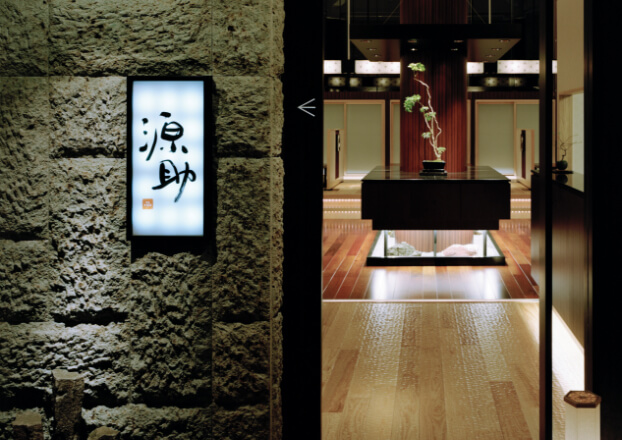
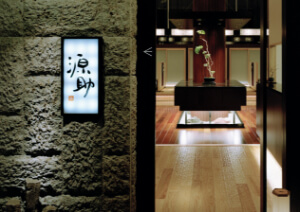
2007
Remodeled guest rooms with an open-air bath in the "Shinka" building
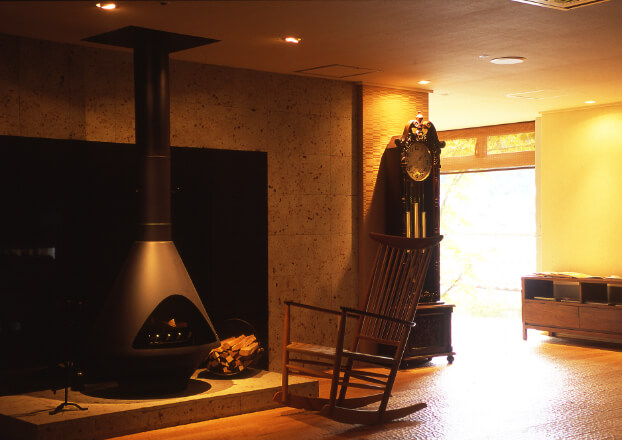
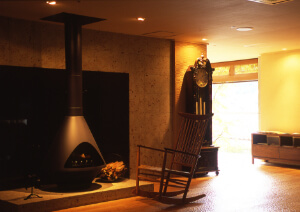
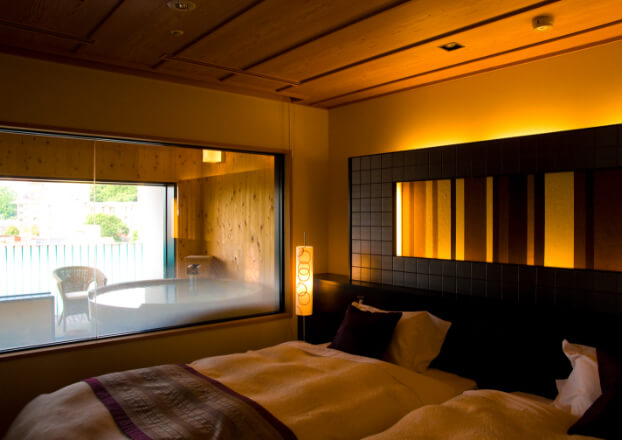
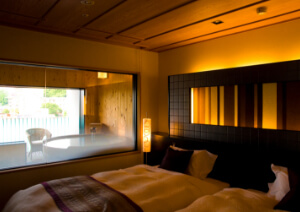
2006
Completed the new lobby and Onsen-dori corridor
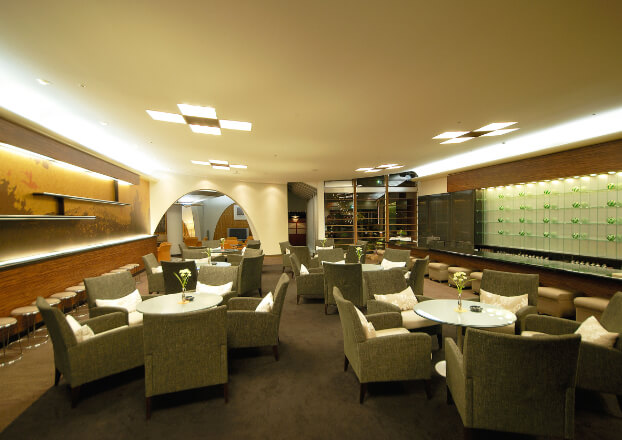
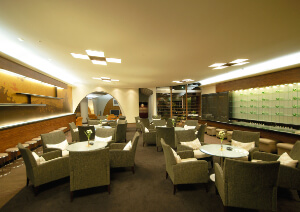
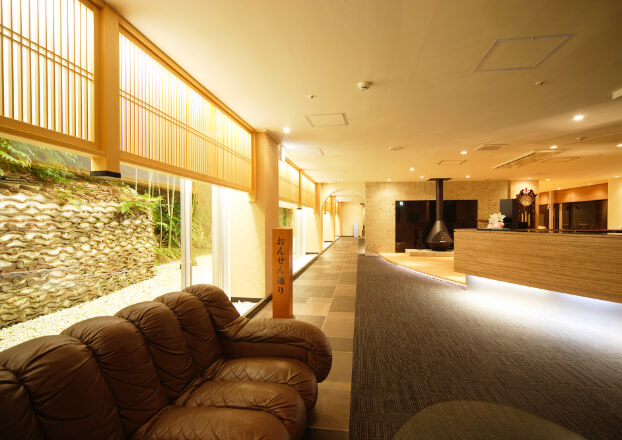
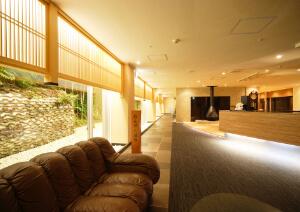
2004
Completed the women’s large bathroom and a new powder room
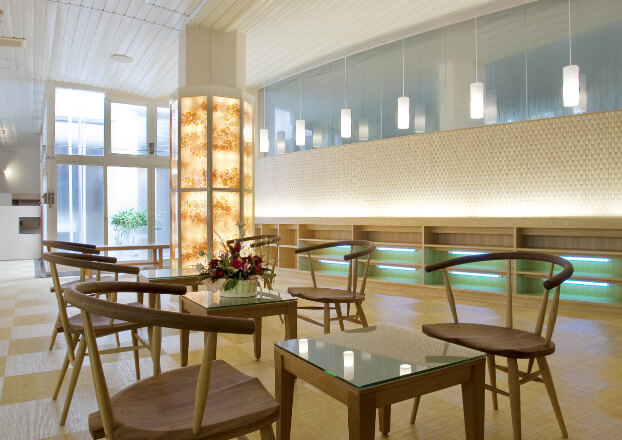
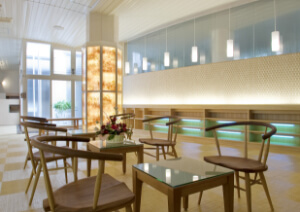
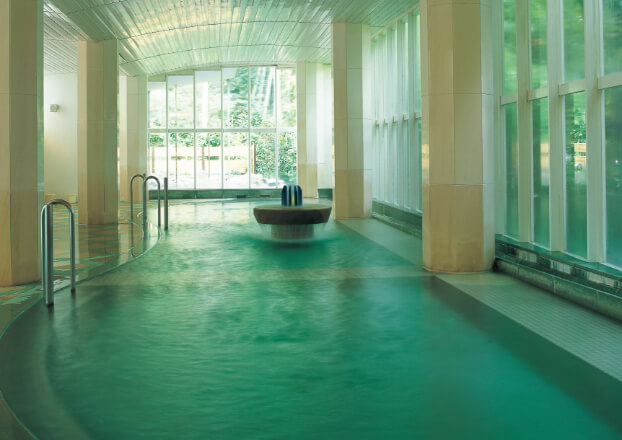
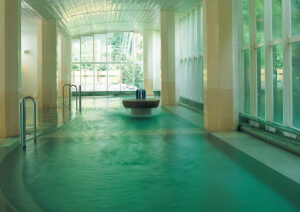
Awazu Hot Spring:
a 1,300-year history
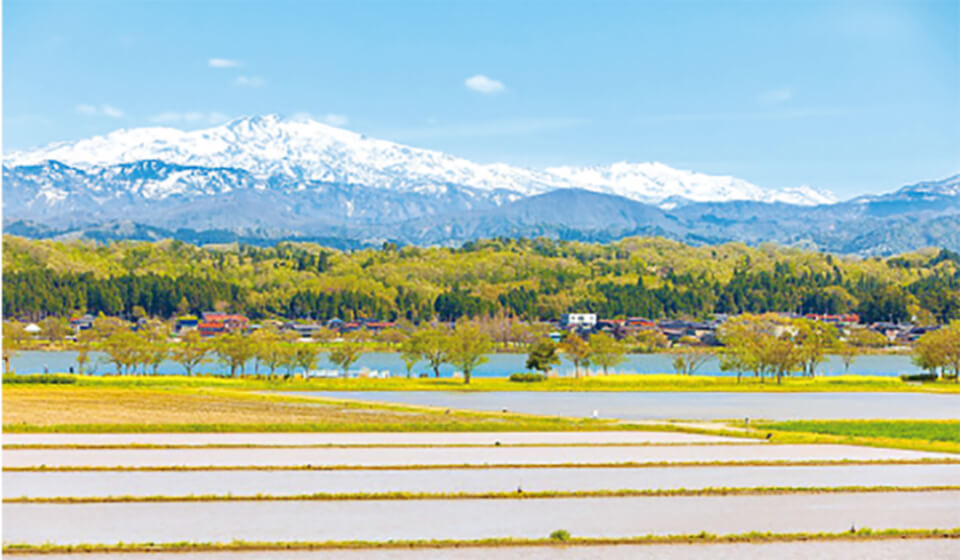
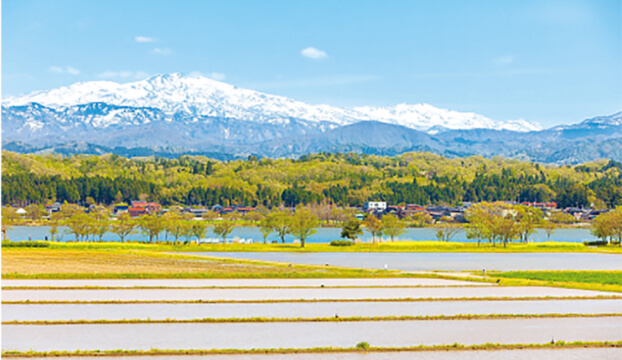
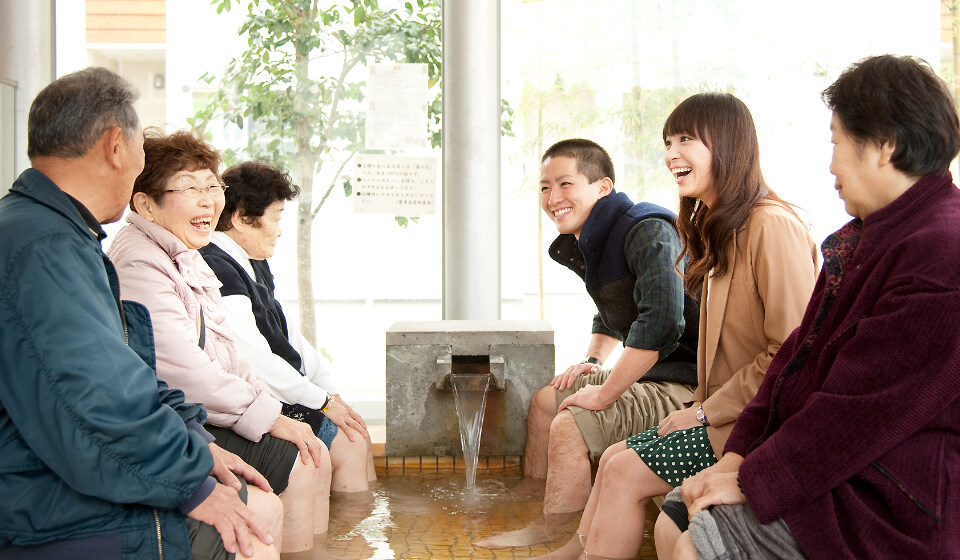
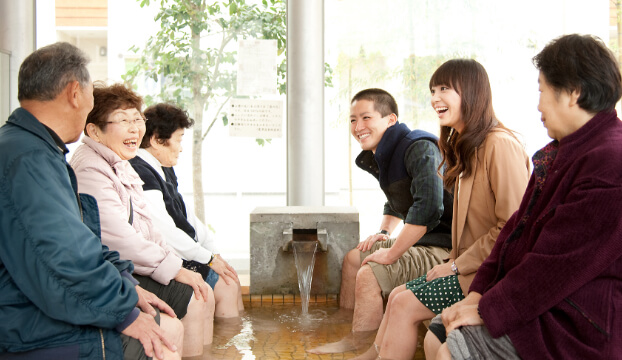
Awazu Hot SpringAwazu Hot Spring is located in Komatsu City, next to Kanazawa City. The four hot springs of Yamashiro, Yamanaka, Katayamazu and Awazu are collectively called Kaga Hot Spring Resort. With its long history, Awazu Hot Spring is a famous hot spring in Ishikawa Prefecture, Komatsu City and Kanazawa City.
Water quality: sodium sulfateSodium sulfate springs are classified into three types, depending on the components: calcium sulfate springs, sodium sulfate springs and magnesium sulfate springs. It is said that sodium sulfate springs are good for injuries and strokes. Since the water has a vasodilating effect, it improves circulation. So it is good for chronic diseases that are due to bad circulation, such as neuralgia, hypertension, arteriosclerosis, muscle pain and hemorrhoids. It improves the metabolism and activates the cells of the whole body. It also refreshes the skin and has an esthetic effect. Awazu Hot Spring water is particularly well-known for being concentrated and good for the relief of injuries and for detoxification.
Opened under the direction of TaichoAwazu Hot Spring was opened in 718 according to the direction of the priest Taicho. Taicho, who was a high priest and became an imperial messenger of Emperor Monmu, practiced Buddhist asceticism at the sacred Mt. Hakusan. During his practice, he had a dream that a sacred hot spring would gush out at the village of Awazu. He received the message that he should go there and dig for a spring which would cure people who were suffering from diseases. According to the oracle of his dream, people dug the ground, and then a hot spring burst forth. It has kept gushing for over 1,300 years. In the olden days, Awazu flourished as a town of accommodation facilities for people seeking a hot-spring cure. It is still easing people’s physical and mental disorders. (Based on Awazu Onsen Tourism Information)


